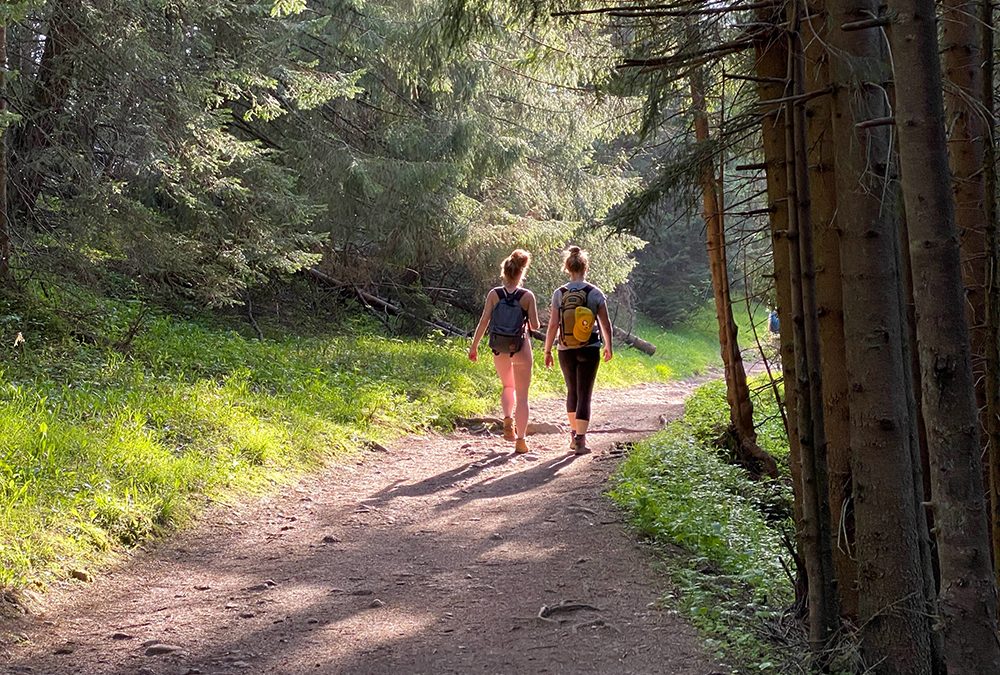A great benefit of our wonderful weather in Colorado is that I can sometimes take my work outdoors, using a treatment approach called walk-and-talk therapy. Instead of sitting in my quiet office, surrounded by four walls and few distractions, my client and I take a short hike as we talk.
Tailoring therapeutic approaches to the needs of each client is essential to achieving breakthroughs and getting them where they want to be. For clients who have trouble opening up in a traditional office setting, walk-and-talk therapy can be an extremely useful treatment tool.
It is a mindfulness-based therapy that can make it easier for some clients to relax, stop ruminating, release physical tension and breathe deeply while processing experiences. Walking side by side rather than sitting face to face makes them feel more comfortable when sharing their feelings. Getting some exercise along the way is an added benefit for both of us.
As we continue to struggle with the challenges of COVID-19, walk-and-talk therapy also provides an option for those who want the experience of in-person therapy, but don’t feel safe sitting in a room with little opportunity for social distancing.
Although there is still limited research on the effectiveness of walk-and-talk therapy because it is an emerging approach, numerous studies have shown the positive effects of exercise on the brain and mental health. Meanwhile, exposure to nature is widely known to correlate with improvements in mood and well-being.
ADOLESCENTS AND TEENS
In my practice, I have witnessed clients make great strides while outdoors. Adolescents and teenagers especially seem to do well. Any parent who has their best talks with their teen while in the car, can understand that a less formal, controlled situation helps their child to relax and open up. When we walk, my clients don’t have to look me in the eye and the distractions of being outside and moving, take some of the pressure off engaging. It makes it easier for them to process their emotions and thoughts and helps them to confront difficult issues so they can move forward.
For young people who have trouble sitting still or struggle with anxiety and depression, taking the time to go outside and move around during our appointments – which typically follow long school days – makes them feel better and more positively inclined toward the therapy process.
PREPARATION IS KEY
Walk-and-talk therapy isn’t for everyone. Any therapeutic approach that goes beyond the controllable setting of the traditional in-office session has its challenges. My priorities are the safety of my clients and my duty to protect their privacy. Therefore, before we head outdoors, preparation is critical. Is my client ready to encounter someone else on the trail? How about someone they know? What if the session becomes highly emotional in public? Do the uncertainties of the weather and nature make them feel anxious? How can my client communicate that being outside the office doesn’t feel safe? These are the types of questions we must work through before starting walk-and-talk therapy.
Once the groundwork is laid, this treatment approach can provide numerous mind-body benefits to help clients reach their therapy goals and become their best selves. If you are interested in exploring walk-and-talk therapy, please give me a call to discuss whether this treatment approach could be a good fit for you or your teenager.

